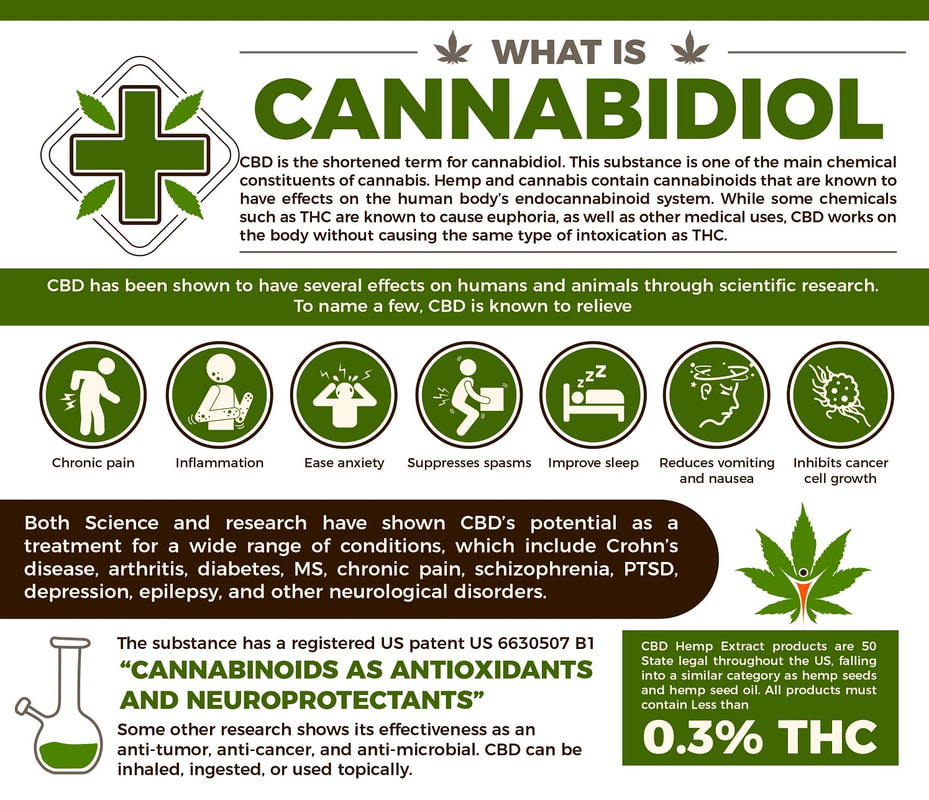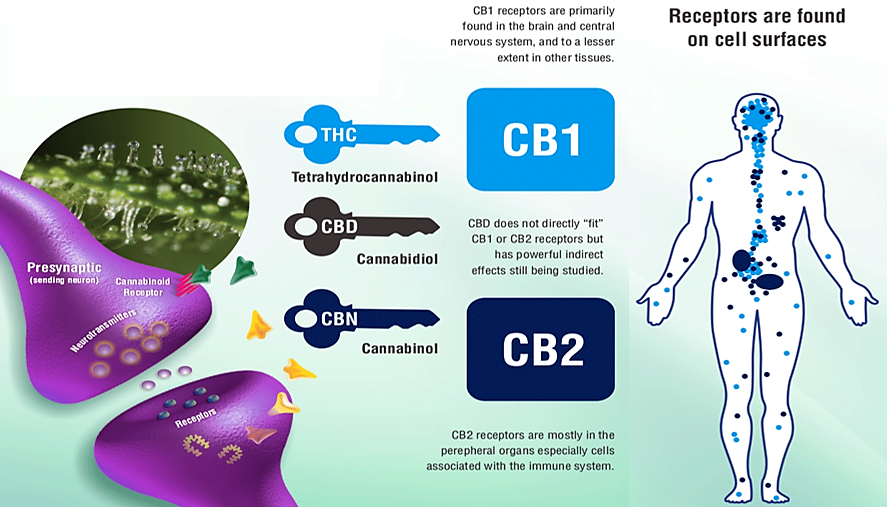Where were you on 420?
Only recently since I’ve worked in the cannabis industry have I become aware of the 420 “holiday” and how large a celebration it has become since cannabis is legal for recreational use here in California and in many other states. But I truly didn’t know what the meaning behind the 420 was.
So, I did some research and found out that there are a lot of theories as to why that particular number was chosen, but most of them are wrong and have been discredited. Some of those myths include:
That 420 is police code for possession, or maybe it’s the penal code for marijuana use.
There is a California Senate Bill 420 that refers to the use of medical marijuana, but the bill was named for the code, not the other way around.
Both of those are false. As far as I can tell, the phrase 420 actually was coined by a bunch of high school students. The story goes that back in 1971, a group of kids at San Rafael High School in San Rafael, California had a habit of meeting at 4:20 to smoke reefer after school. Somehow, the phrase caught on—and when the Grateful Dead eventually picked it up, "420" spread through the greater community like wildfire. What began as a silly code passed between classes is now a worldwide event for smokers and legalization activists everywhere—not a bad accomplishment for a bunch of high school stoners.
Now that you the real deal about 420, here’s how I spent the day:

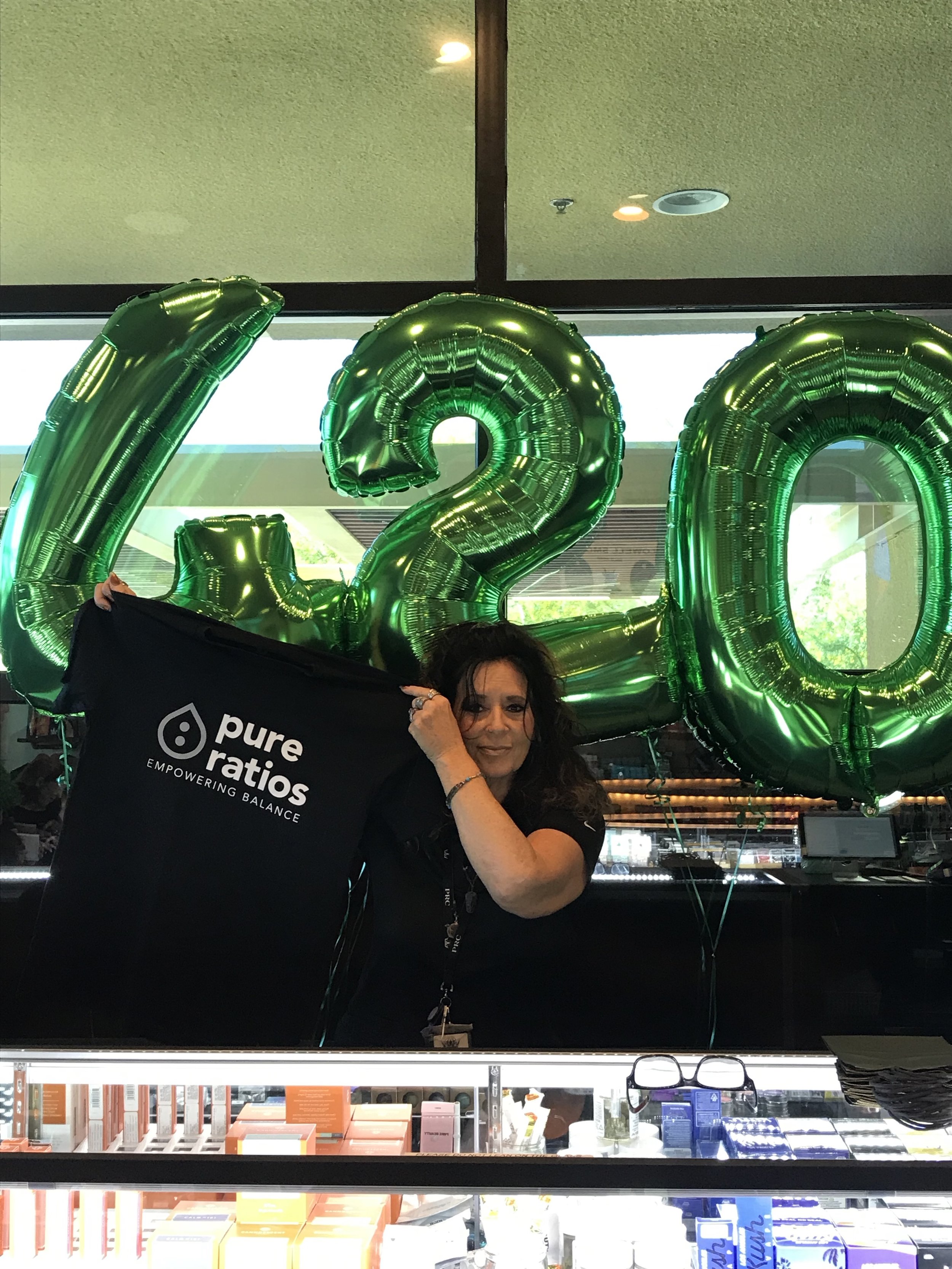
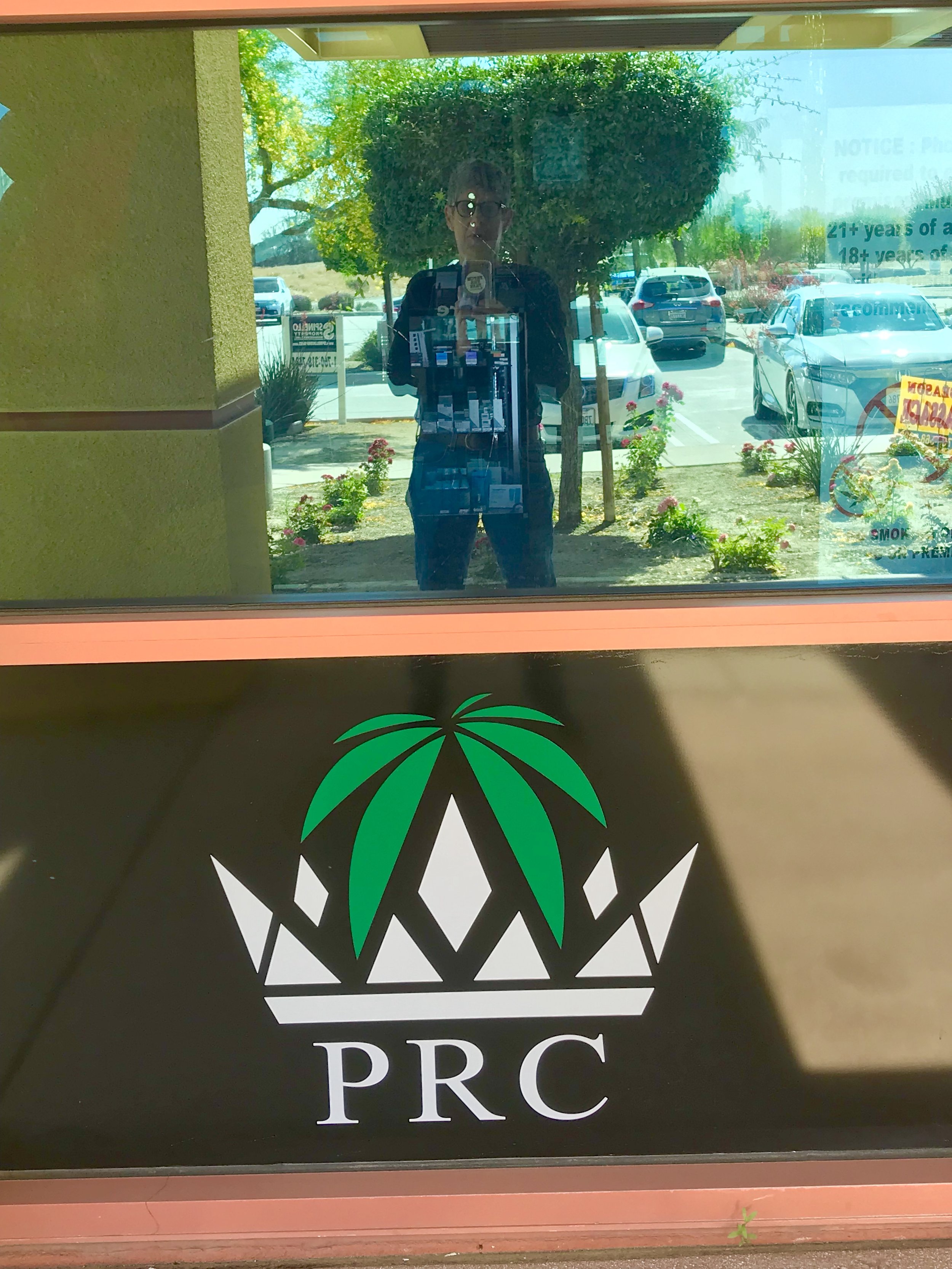
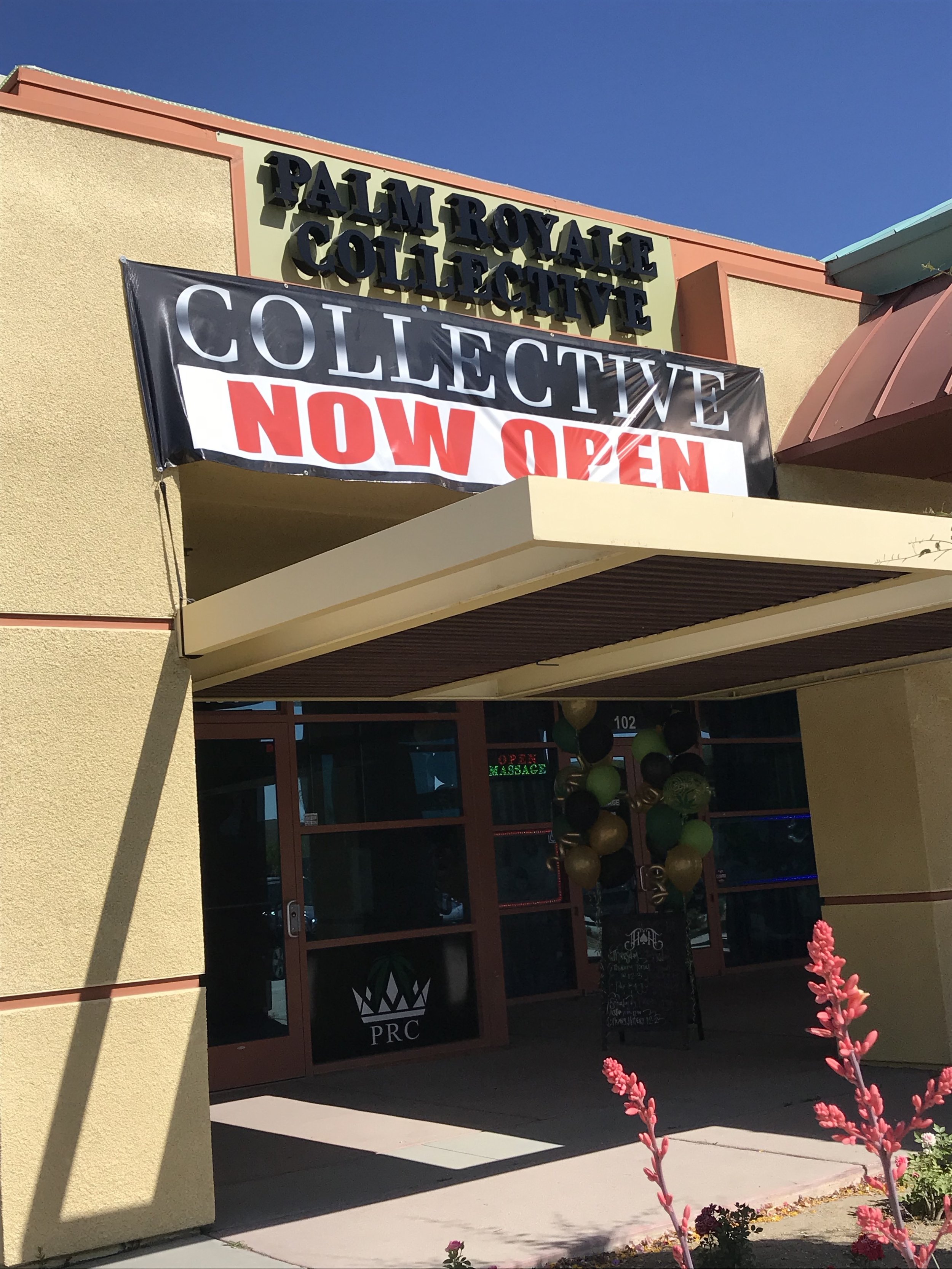


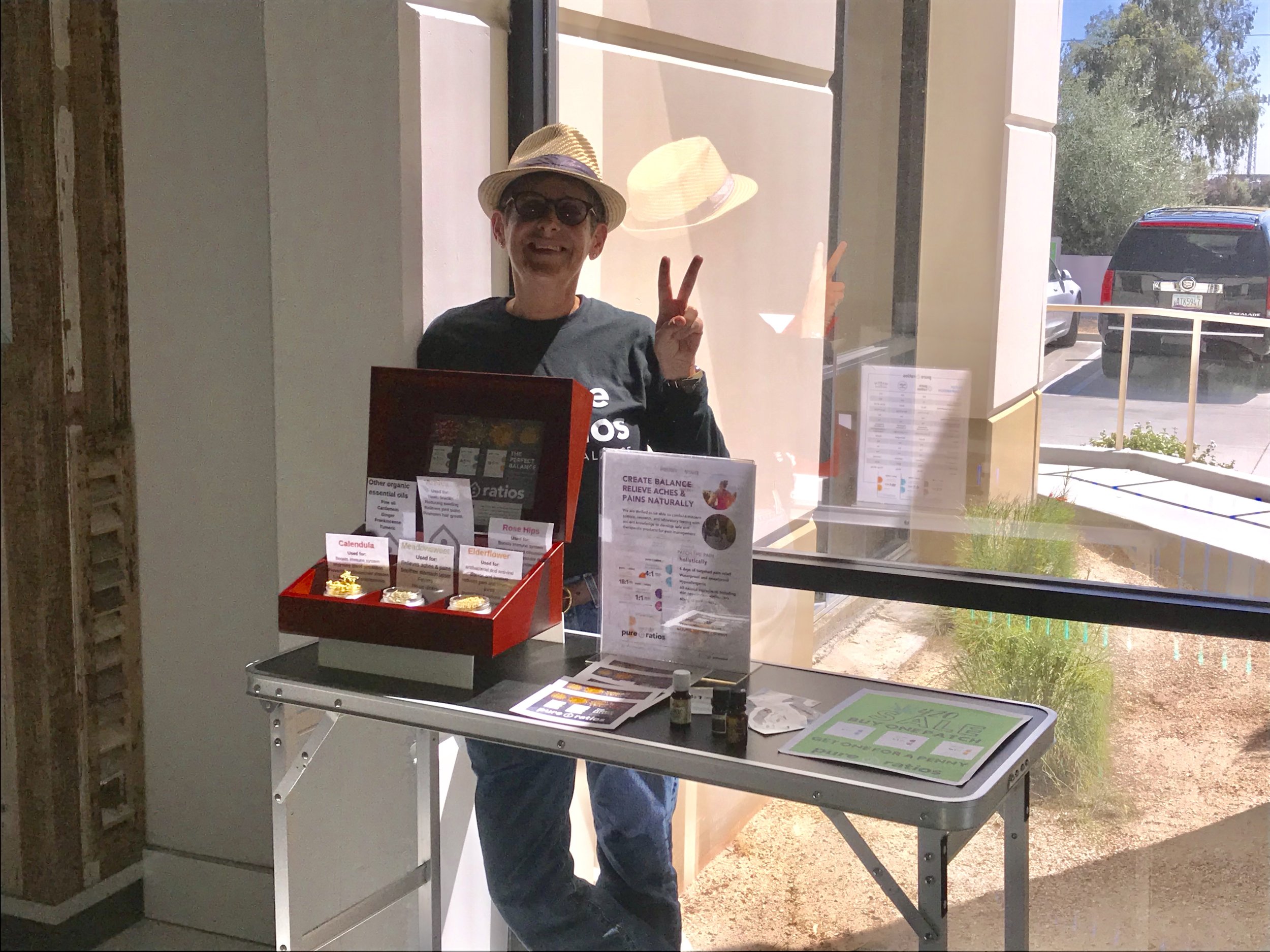


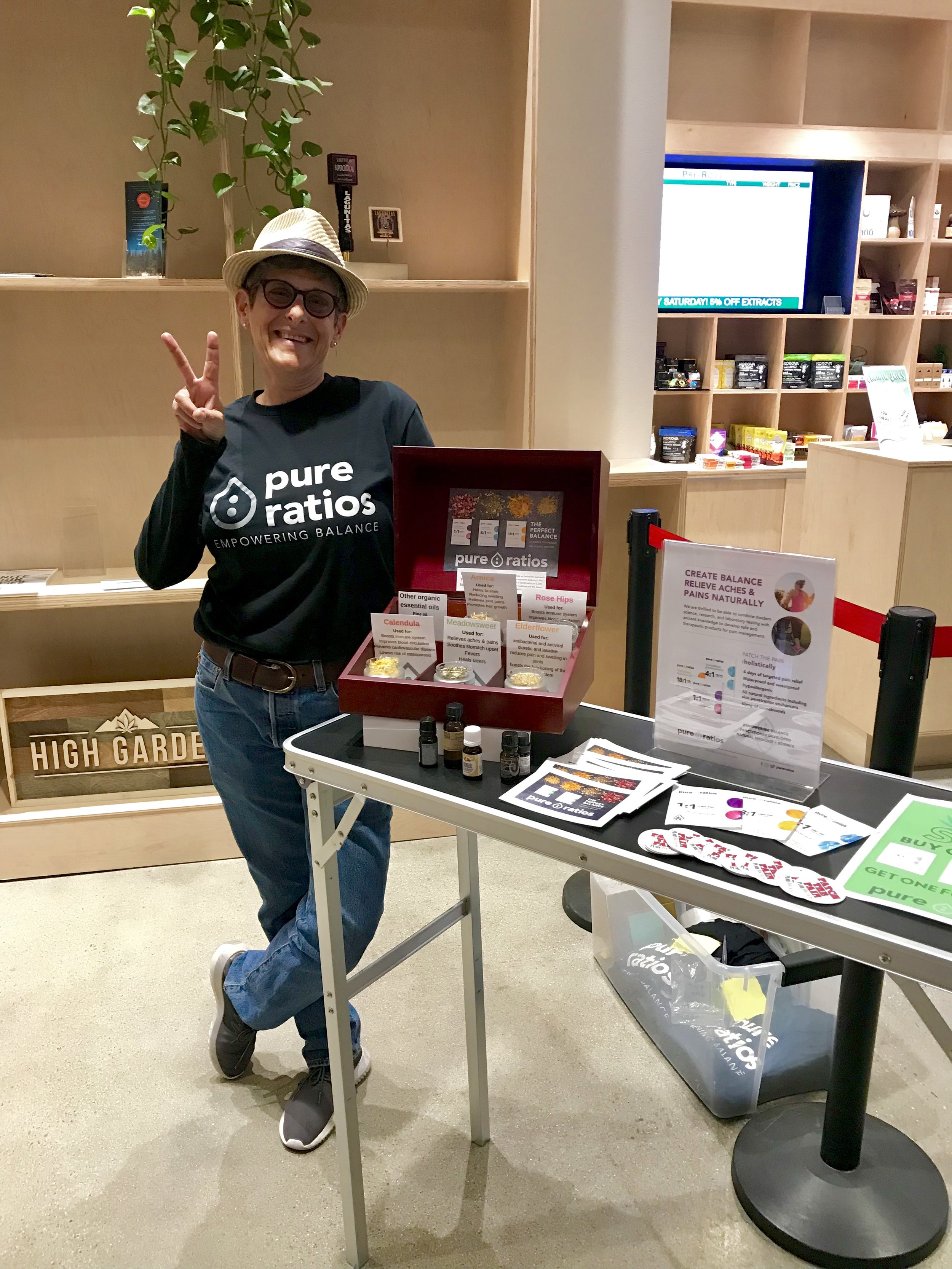

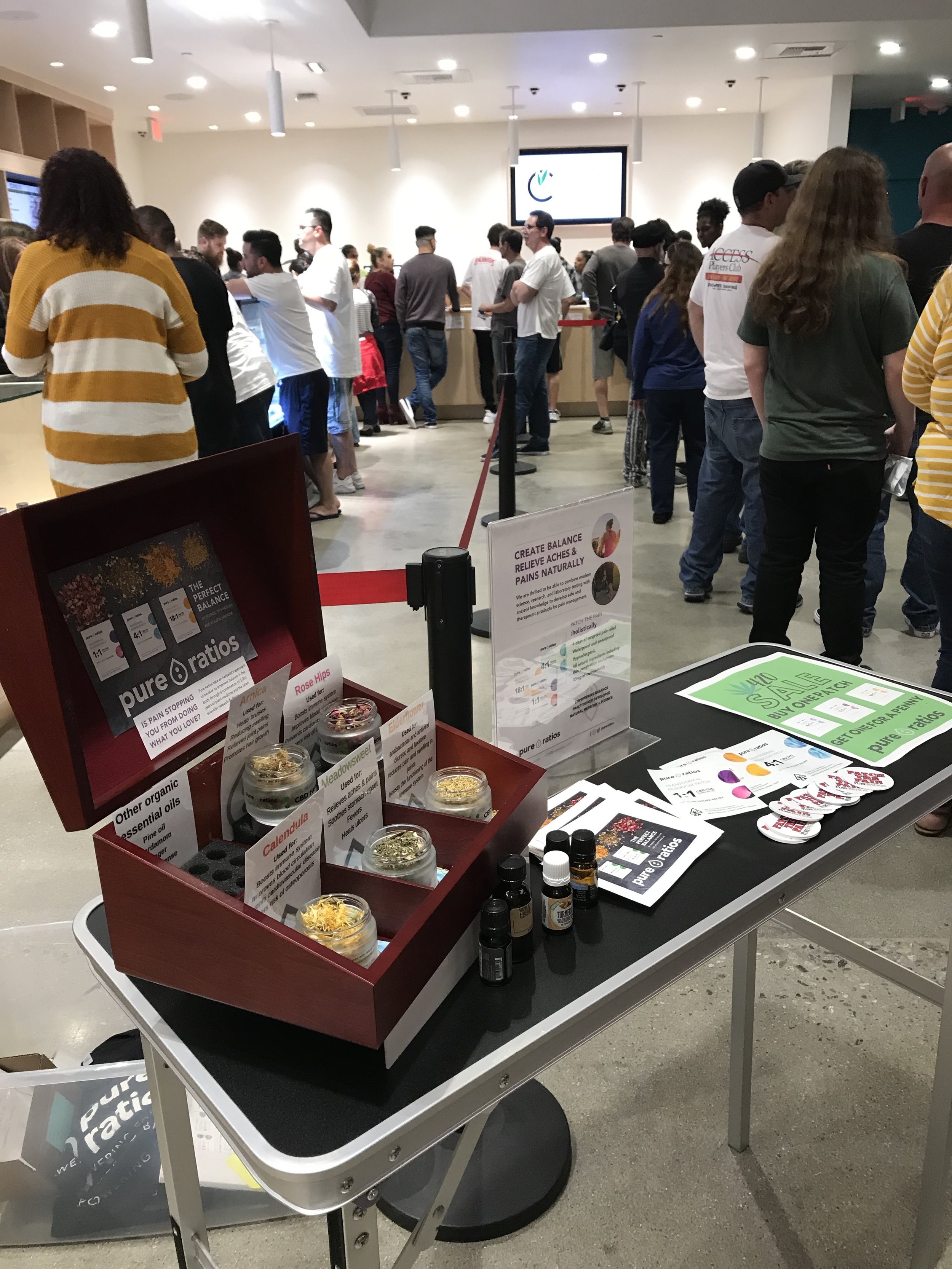

It was quite a jam packed day. What most impressed me, is the diversity of the people choosing to include cannabis in their lives whether it is for medicinal or recreational purposes. We have come a long way baby and it is my sincere hope that I’ll continue on my path in the every emerging legal cannabis industry. I have high hopes for my future!



